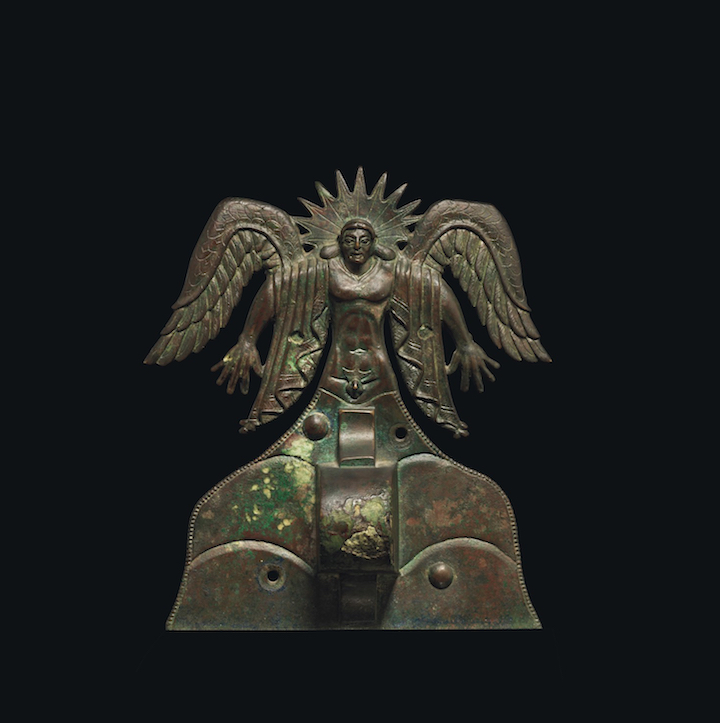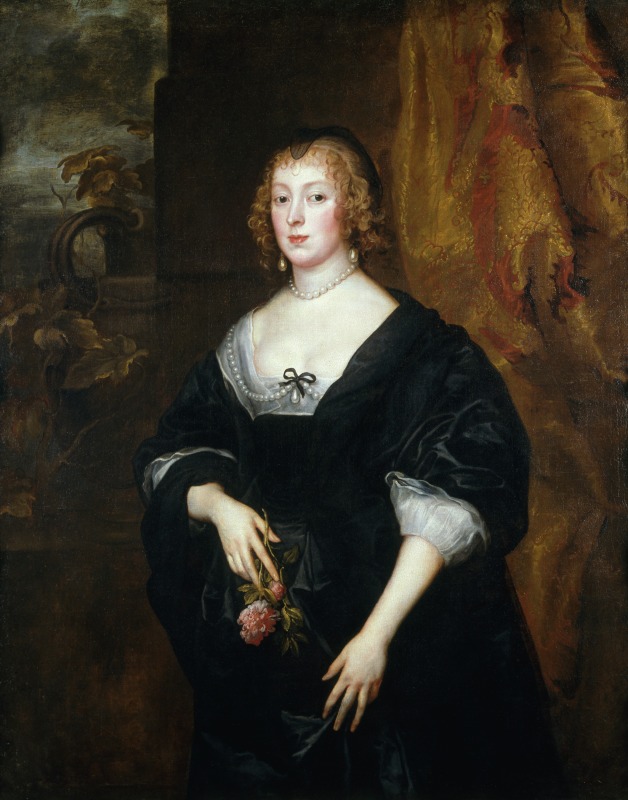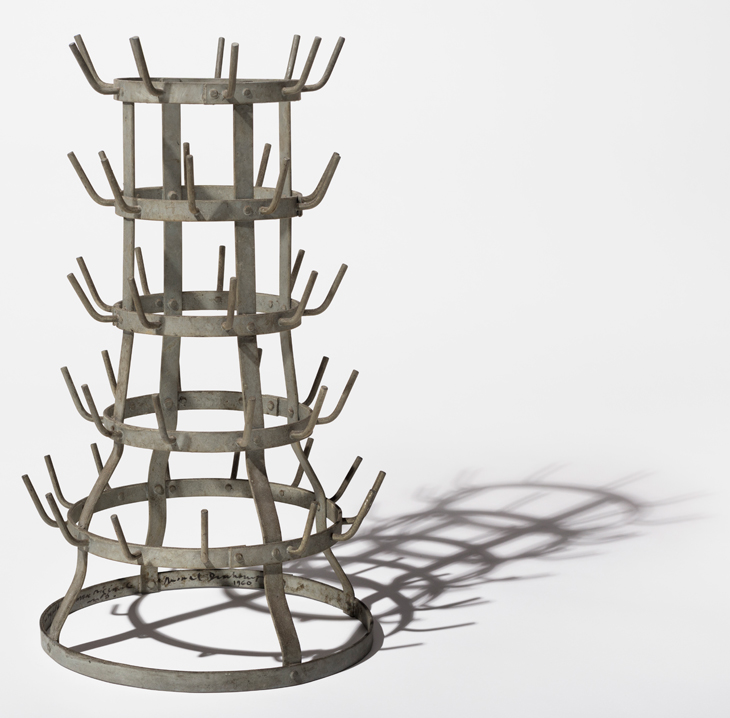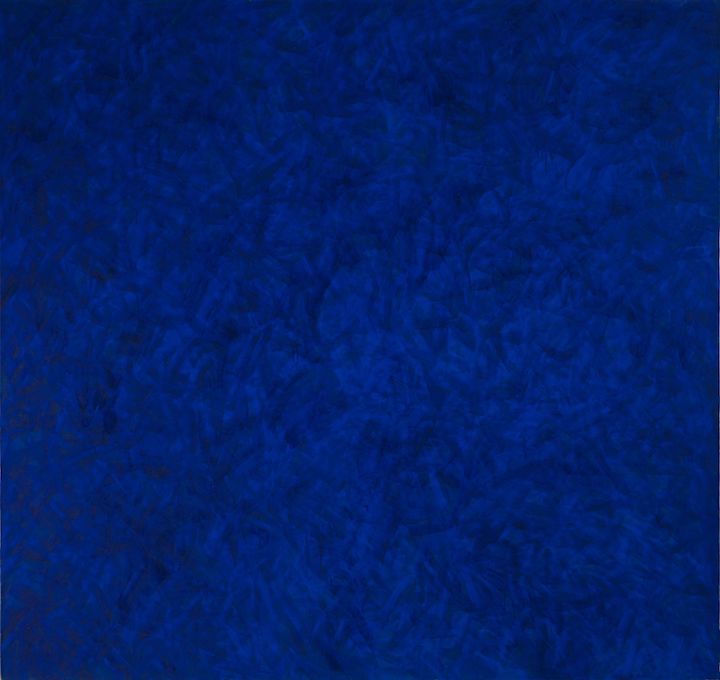A round-up of the best works of art to enter public collections recently
Getty Museum, Los Angeles
Bronze appliqué depicting the sun god Usil (500–475 BC). Etruscan, made in Vulci, Italy
The J. Paul Getty Museum purchased this Etruscan bronze appliqué, which dates to the early 5th century BC, at auction from a private collection. The ornamental relief, depicting the Etruscan god of the sun Usil, was probably originally affixed to a chariot or funeral cart. It is to go on display at the Getty Villa when the building reopens after an extended reinstallation period in April.
Appliqué depicting the Sun God Usil (500–475 BC), Etruscan, made in Vulci, Italy. The J. Paul Getty Museum, Villa Collection, Malibu, California

Denver Art Museum
65 works by European Old Masters from the Berger Collection Educational Trust
This major donation from the Berger Collection Education Trust (BCET) comprises 65 works by European Old Masters, spanning the 14th to the 19th century, some of which have been on long-term loan to the museum since 1996. Key works include the portraits Dorothy, Lady Dacre by Anthony Van Dyck and Peter Lely’s Portrait of a Lady; landscapes by Gainsborough, Constable and Lear; and a group of works by Benjamin West. As part of this gift, the BCET has also donated 12 works by American landscape painter Winslow Homer to the Portland Museum of Art in Maine.
Dorothy, Lady Dacre (c. 1633), Anthony van Dyck. Denver Art Museum

National Galleries of Scotland, Edinburgh
Nasema Nawe (2016), Michael Armitage
This work by Michael Armitage is the first painting by the London-based, Kenyan-born artist to enter a public collection in the UK. It was donated to the National Galleries of Scotland by collectors Harry and Lana David.
Nasema Nawe (2016), Michael Armitage. © Michael Armitage. Photo © White Cube (Ben Westoby)

San Diego Museum of Art
Nymph of the Spring (c. 1540), Lucas Cranach the Younger and Portrait of John Alfred Parsons Millet (1892), John Singer Sargent
Two major acquisitions for the San Diego Museum of Art this month: Lucas Cranach the Younger’s Nymph of the Spring (c.1537–1540), described by the museum as its ‘most important Northern Renaissance painting’ and John Singer-Sargent’s Portrait of John Alfred Parsons Millet (1892), the first work by the painter to enter its collection. The paintings were both acquired from private collections for undisclosed sums.
Nymph of the Spring (c. 1540), Lucas Cranach the Younger. Courtesy the San Diego Museum of Art

Art Institute of Chicago
Bottle Rack (1914/1959; signed 1960), Marcel Duchamp
This mass-produced bottle rack purchased by Marcel Duchamp in 1914 and re-made for an exhibition on the found object in art in 1959 has entered the collection of the Art Institute of Chicago. Following its initial presentation, Robert Rauschenberg bought the work, which he then asked to Duchamp to sign (Duchamp obliged, writing in French: ‘Impossible for me to recall the original phrase M.D./Marcel Duchamp/1960’). The Art Institute acquired the piece directly from the Robert Rauschenberg Foundation.
Bottle Rack (1914/1959; signed 1960), Marcel Duchamp. The Art Institute of Chicago

Moderna Museet, Stockholm
Twelve monochrome abstract paintings from Claes Nordenhake’s private collection
Swedish gallerist and collector Claes Nordenhake’s idiosyncratic gift to the Moderna Museet comprises 12 abstract monochrome paintings by 12 different artists. Spanning seven decades, from the 1950s to the present day, the selection includes works by Marcia Hafif, Robert Ryman, and Olle Bærtling.
Transparent Painting: Ultramarine Blue (1982), Marcia Hafif. Photo: Prallan Allsten/Moderna Museet; © Marcia Hafif

Staatliche Museen zu Berlin
Two paintings, 46 drawings and 52 prints by Max Beckmann, and a Hans Purrmann painting
Thanks to a bequest from the late German scholar Barbara Göpel (1922–2017), the Staatliche Museen zu Berlin (Berlin State Museums) have acquired two paintings, 46 drawings and 52 prints by Max Beckmann, and one painting by Hans Purrmann, to be placed in the collections of Berlin’s Nationalgalerie and Kupferstichkabinett (Museum of Prints and Drawings). The two paintings by Beckmann are Self-Portrait in the Bar (1942) and Portrait of Erhard Göpel (1944) – the latter depicts Barbara Göpel’s husband, an art historian whose level of complicity in the Third Reich remains ambiguous. (The Staatliche Museen zu Berlin, announcing the acquisition, described its ‘moral and ethical obligation to accept’ the works while ‘continu[ing] to recognise its commitment to careful provenance research and a critical handling of the bequest.’)
Self-Portrait in Tuxedo (1927) by Max Beckmann (far right), photographed in the Nationalgalerie in 1932–33). © Staatliche Museen zu Berlin, Zentralarchiv; VG Bild-Kunst, Bonn, 2018



